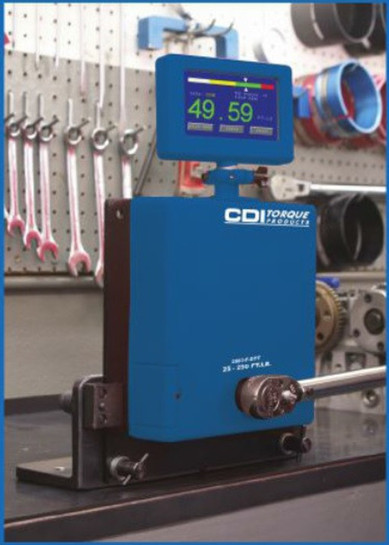How to Test a Torque Wrench

If you own a torque wrench, of several types of torque wrenches, have you ever considered that your wrench might be out of calibration? Well if you’re reading this, they likely are – here’s how to test a torque wrench.
It can happen a lot more easily than you think. Dropping your torque wrench is one of the most common ways that it can be damaged and no longer read accurately, but time all on its own seems to have a magical effect on torque wrenches, causing them to move out of calibration just by sitting in a drawer.
Torque wrenches can be preset or adjustable. If yours is preset, you are stuck with it the way it is since these cannot be changed.
The majority of torque wrenches, however, are adjustable. This means that you can easily and quickly recalibrate the torque wrench to the proper specs.
How to Test the Calibration of Your Torque Wrench
Regardless of the type of torque wrench you own, it’s not worth much if it isn’t properly calibrated. How do you know if your torque wrench is accurate? The following tools are the best and easiest way to test and calibrate a torque wrench.
-
Digital Torque Adapter
A digital torque adapter is perhaps one of the fastest and easiest ways to check the calibration of your wrench. Brands such as Neiko are inexpensive when you consider that it will test all your torque wrenches for years, if not decades.
Set your torque wrench to a foot-pound number (for example, 80-foot pounds0 place it on the tester and pull until the torque wrench clicks or otherwise notifies you that you have reached 80-foot pounds. If the meter also reads 80-foot pounds, your wrench is in good calibration.
If your wrench reads less or more than your desired reading (in our example, 80-foot pounds) then you will need to have it adjusted.
-
DIY Bench Tester
This is the old-fashioned way many mechanics have used to test the calibration of their torque wrench.
There is a bit of math involved, but with a bit of effort, it’s easy to figure out. The equation is that torque (T) equals force (F) or weight) X distance.
Gather the following:
- A measuring tape.
- A bench with a vise
- A 20-pound weight
- A thin piece of rope
- Measure the distance on your torque wrench from the place where you place your hand to the square drive end.
- Place only the wrench’s square drive in the vise and tighten it so that it is secure.
- Multiply the length of step 1 by 20 pounds and set the wrench to this measurement.
- Tie the 20-pound weight on the end of the wrench where you rest your hand using the rope.
- If you hear clicking, move the weight towards the head until the clicking stops. If you hear no clicking, move the weight away from the head until you hear a click, then move the weight forward a small amount.
- Measure the distance from this point to the square drive and multiply by 20 pounds.
- T=FXD will tell you the torque measurement of your tool.
The torque of a wrench is lost over time, through heavy use, or from dropping the wrench. You should test the accuracy of your torque wrench at least once a year or more often if you use it regularly.

